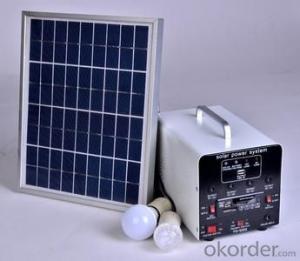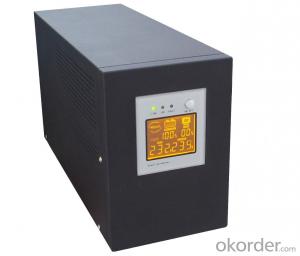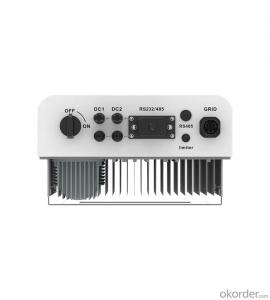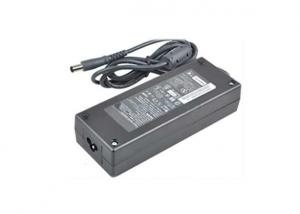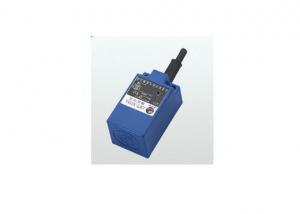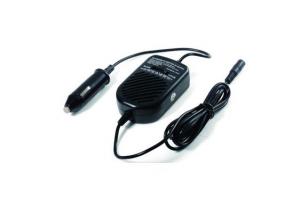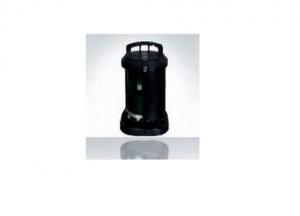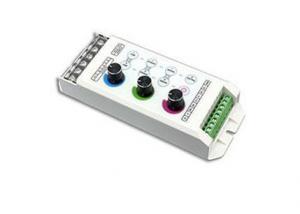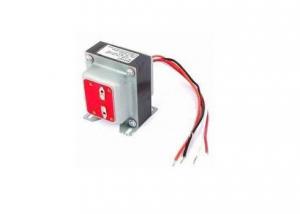Prostar Solar Inverter
Prostar Solar Inverter Related Searches
Ecostar Solar Inverter Pro Solar Inverter Solar Pro Inverter Morning Star Solar Inverter Kstar Solar Inverter Proton Solar Inverter Star Solar Inverter Microtek Solar Inverter Power Solar Inverter Portable Solar Inverter Powerland Solar Inverter Solar Smart Inverter Solar Solar Inverter Smart Solar Inverter Portable Solar Power Inverter Smart Inverter Solar Inverter Solar Smart Solar Power Inverter Power Inverter Solar Portable Solar Panel Inverter Inverter Power Solar Solar Home Inverter Sun Solar Inverter Powermax Solar Inverter Solar Powered Power Inverter Home Solar Inverter Solar Converter Inverter Solar Energy Inverter Solar Rooftop Inverter Eltek Solar InverterProstar Solar Inverter Supplier & Manufacturer from China
Prostar Solar Inverter is a high-quality solar power conversion device designed to optimize the performance of solar energy systems. These inverters are engineered to convert the direct current (DC) generated by solar panels into alternating current (AC) that can be used by homes and businesses. They play a crucial role in ensuring the efficiency and reliability of solar power systems, making them an essential component for harnessing renewable energy.The Prostar Solar Inverter is widely used in various applications, such as residential, commercial, and industrial settings. It is particularly suited for off-grid and grid-tied solar systems, where it helps to manage the flow of electricity from solar panels to the grid or battery storage. This product is also ideal for hybrid systems that combine solar power with other energy sources, such as wind or diesel generators, to provide a stable and consistent power supply.
Okorder.com is a reputable wholesale supplier of Prostar Solar Inverters, offering a vast inventory to cater to the needs of various customers. They pride themselves on providing top-notch products at competitive prices, ensuring that businesses and individuals can access the technology they need to harness solar power effectively. With their extensive range of Prostar Solar Inverters, Okorder.com is committed to supporting the growth of renewable energy solutions and contributing to a sustainable future.
Hot Products



